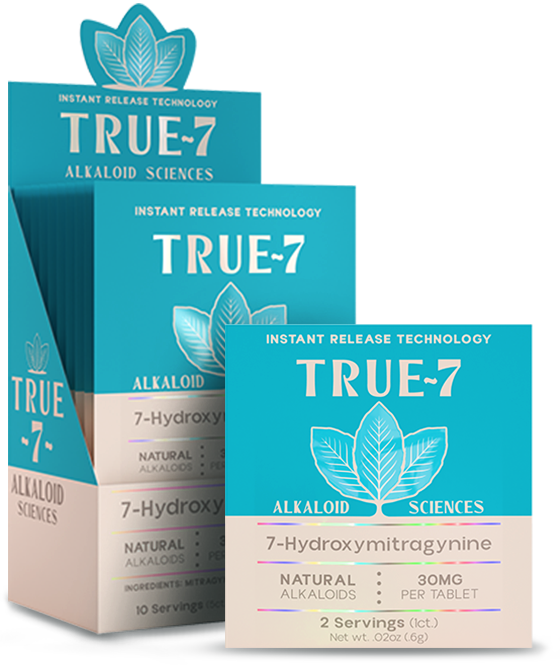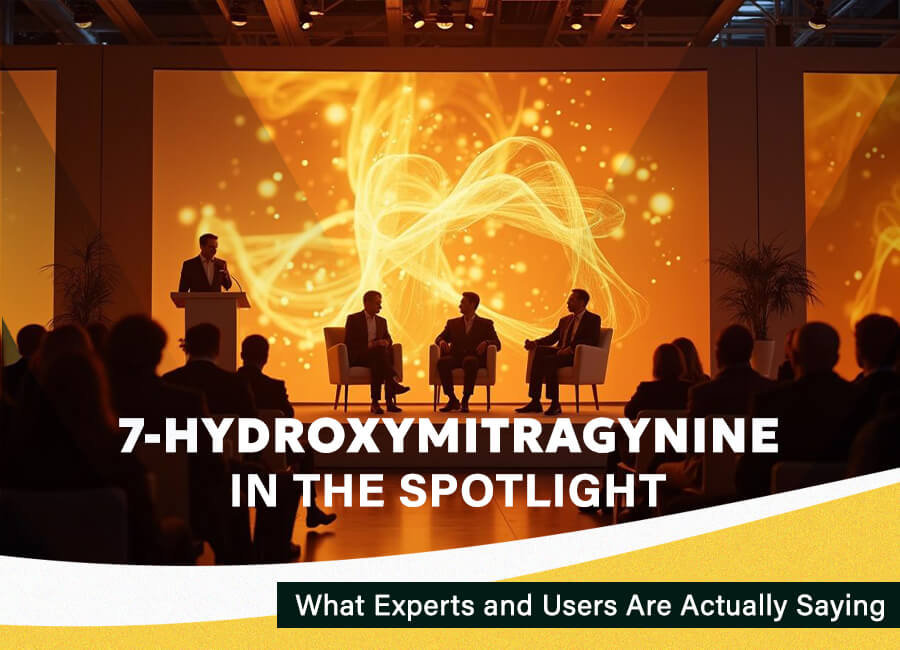Let’s be real—if you hang around kratom forums, scroll Reddit threads, or even just scan a few product pages, you’ve probably seen the name 7-hydroxymitragynine pop up like it’s some kind of celebrity. And in a way… it kinda is.
We’re not talking hype here. We’re talking an alkaloid that’s earned its reputation through consistency, not clickbait. I’ve been working with this compound long before it was trendy, and if there’s one thing I can say—it’s misunderstood, respected, and just a little bit mysterious. Let’s clear things up.
Not Your Average Plant Compound
Alright, picture kratom like a band. Mitragynine? That’s your lead singer—front and center. But 7-OH? That’s the drummer. You don’t always notice it right away, but without it, the whole rhythm changes.
Found in super small amounts in raw kratom, 7-hydroxymitragynine isn’t something you get in bulk by shaking out leaves. You need to know what you’re doing to isolate it, work with it, and actually make a product that includes it without going overboard. And that’s where the experts come in.
Scientists vs. Nature: A Friendly Collaboration
Some of the smartest people I’ve worked with over the years are the ones who don’t try to fight nature—they work with it. When it comes to 7-OH, labs aren’t creating something fake; they’re refining something real.
They’ll tell you 7-OH has a high affinity for certain receptors, which basically means it latches on quickly and makes its presence known. But don’t get lost in the white coats and Petri dishes—this compound is powerful because of its simplicity, not despite it.
One minor twist in its structure compared to mitragynine, and boom—it works differently. That’s not just chemistry, that’s nature flexing.
User Opinions: All Over the Map (And That’s a Good Thing)
Now let’s bring it back to real people. One thing I’ve learned after years of gathering feedback? No two 7-OH stories are the same.
Some folks treat it like their “emergency stash”—saved for those especially demanding days. Others prefer tiny amounts in their daily routine. And then there are those who try it once and go, “Yeah, not for me.” That’s the beauty of it—it’s not for everyone, and that’s okay.
What stands out is how aware users have become. A few years ago, nobody even asked what alkaloids were in a product. Now? People are digging through lab reports, comparing COAs, and DM’ing brands asking for ratios. That’s not picky—that’s smart.
Final Thoughts from Someone Who’s Seen It All
If you’re curious about 7-OH, here’s the truth: it’s not new, not magic, and definitely not a shortcut. It’s a compound that takes real effort to work with, and the brands who use it well aren’t winging it—they’re backed by data, experience, and a whole lot of trial and error.
You don’t need to be a chemist to appreciate it. You just need to be someone who wants to know what’s in their product and why it matters.
So yeah, 7-hydroxymitragynine is in the spotlight. But it’s not about stealing the show. It’s about showing up with purpose. And that’s something worth paying attention to.

